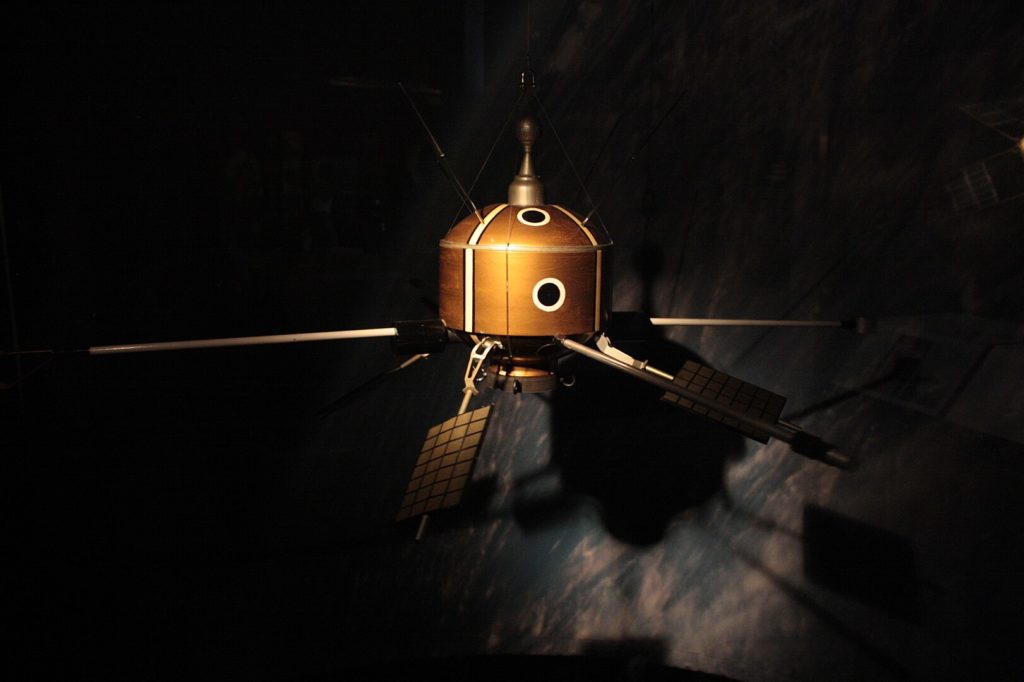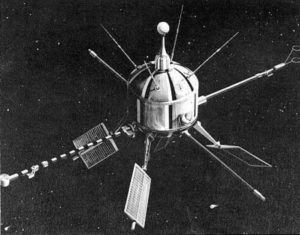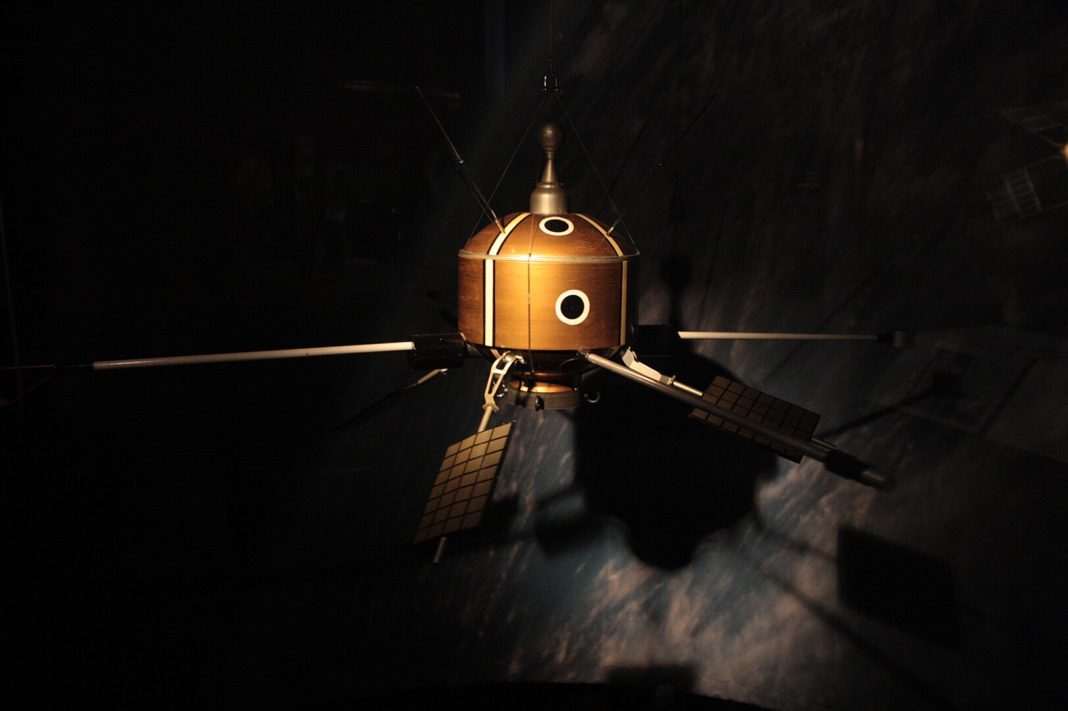Ariel 1 (also known as UK-1 and S-55), was the first British-American satellite, and the first satellite in the Ariel program. It was constructed in the UK and the United States by NASA Goddard Space Flight Center and SERC, under an agreement reached as the result of political discussions in 1959 and 1960.

Launching in 1962, this is the world’s first international satellite and made the United Kingdom the third country to operate a satellite, after the Soviet Union and the United States.
In late 1959, the British National Committee for Space Research proposed the development of Ariel 1 to NASA. By early the following year the two countries had decided upon terms for the Ariel program’s scope and which organizations would be responsible for which parts of the program. The UK Minister of Science named the satellite after the sprite in Shakespeare’s The Tempest.

The satellite weighed 62 kilograms, had a diameter of 58 centimeters, and a height of 56 centimeters. Solar panels generated power which was stored in nickel-cadmium batteries. A 100-minute tape recorder was used for data collection.
Ariel 1 was launched aboard an American Thor-Delta rocket from Launch Complex 17A at the Cape Canaveral Air Force Station, at 18:00:00 GMT on 26 April 1962. The successful orbit made Ariel 1 the first international satellite. After 14 years of operation, it decayed from orbit on 24 May 1976.
According to the Internet














